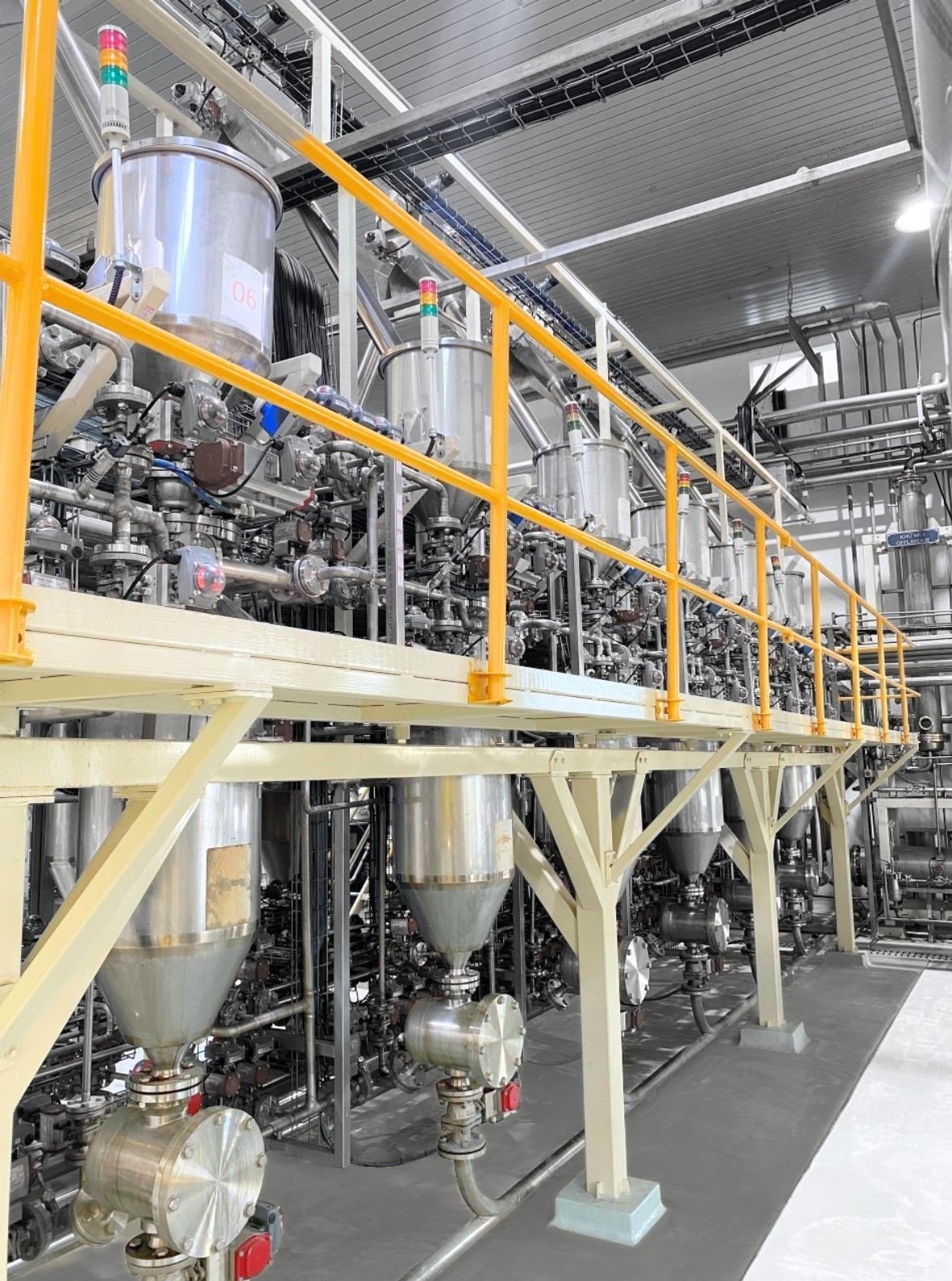Soluble Coffee Plant: A Business Owner’s Guide and Review
Soluble Coffee Plant: A Business Owner’s Guide and Review
Blog Article
Ever wondered how that jar of instant coffee in your pantry came to be? Welcome to the fascinating world of soluble coffee plants – the unsung heroes behind your quick caffeine fix. In this review, we’ll explore how these innovative facilities are reshaping the coffee industry and what they mean for business owners looking to tap into the growing market for instant coffee.
What’s the Deal with Soluble Coffee Plants?
Imagine a bustling facility filled with state-of-the-art machinery and the rich aroma of freshly roasted coffee. That’s a soluble coffee plant in action. These facilities are essential for producing instant coffee, taking whole coffee beans and transforming them into granules or powders that dissolve effortlessly in water.
The Process of Soluble Coffee Production
Roasting: Beans are roasted to enhance flavor.
Grinding: The roasted beans are finely ground.
Extraction: Hot water extracts flavors, creating a concentrated brew.
Drying: The coffee extract is dried via spray-drying or freeze-drying.
Packaging: The final product is packaged for consumers.
This seemingly simple process is underpinned by significant engineering and scientific expertise, ensuring quality and efficiency at every step.
Key Innovations Transforming Soluble Coffee Plants
1. Operational Flexibility
Modern soluble coffee plants have adopted a chameleon-like adaptability. Facilities like the Starbucks Soluble Coffee Plant in Augusta, Georgia, can switch production types and volumes seamlessly. This flexibility ensures that plants can meet diverse consumer demands without skipping a beat.
2. Nitrogen Blanketing
Oxygen can ruin coffee’s freshness, so many soluble coffee plants use nitrogen blanketing during production. This technique preserves the aroma and flavor, allowing each granule to maintain its quality until it reaches consumers.
3. Advanced Temperature Control
Precision in temperature control is vital for optimal extraction and drying. These advanced systems not only enhance flavor retention but also reduce energy consumption, making operations more sustainable.
Sustainability Practices: The Green Revolution
As consumer demand grows, soluble coffee plants are stepping up their sustainability game. Here’s how:
Energy Efficiency: Investment in energy-efficient machinery reduces both costs and carbon footprints.
Water Recycling: Innovative plants are implementing systems to recycle water, minimizing waste and promoting conservation.
Waste Utilization: Leftover coffee grounds are being repurposed for energy production and composting, contributing to a circular economy.
Leading Soluble Coffee Plants Around the Globe
Starbucks Soluble Coffee Plant, Augusta, Georgia
This facility is a game-changer, equipped with cutting-edge technology and a commitment to sustainability. It’s not just about mass production; it’s a hub for coffee innovation, developing new products while refining existing processes.
Café Outspan, Ho Chi Minh City, Vietnam
As Southeast Asia's largest independent soluble coffee plant, Café Outspan utilizes advanced manufacturing techniques to ensure quality across vast production volumes. Its strategic location in a major coffee-producing region allows it to meet the rising demand soluble coffee plant for instant coffee both locally and internationally.
The Future of Soluble Coffee Plants
The soluble coffee industry is evolving rapidly. Here’s what we can expect:
1. Proximity to Coffee Sources
Soluble coffee plants are increasingly being established closer to coffee-growing regions. This trend reduces transportation costs and emissions while benefiting local economies through job creation.
2. Evolving Consumer Preferences
Today's coffee drinkers are more discerning, leading to a rise in demand for organic and single-origin instant coffees. Plants are investing in new technologies to meet these evolving tastes, ensuring quality and consistency.
3. Automation and AI Integration
The integration of AI and robotics into production processes is on the horizon. These technologies promise to enhance efficiency and quality, allowing for real-time adjustments during production.
Challenges and Opportunities Ahead
While the future is bright, challenges remain. Sustainability pressures necessitate eco-friendly practices, while the high costs of setting up advanced facilities can be a hurdle, particularly in developing markets. However, these challenges also pave the way for innovative partnerships and investment opportunities.
Conclusion: A Toast to Innovation
Soluble coffee plants are at the forefront of innovation in the coffee industry, blending efficiency, sustainability, and quality. For business owners looking to explore this dynamic market, understanding the workings and advancements in soluble coffee production is crucial.
Next time you savor a cup of instant coffee, appreciate the incredible journey it underwent from plant to pantry. The advancements in soluble coffee plants not only cater to our caffeine cravings but also represent a leap towards a more sustainable and efficient coffee future.